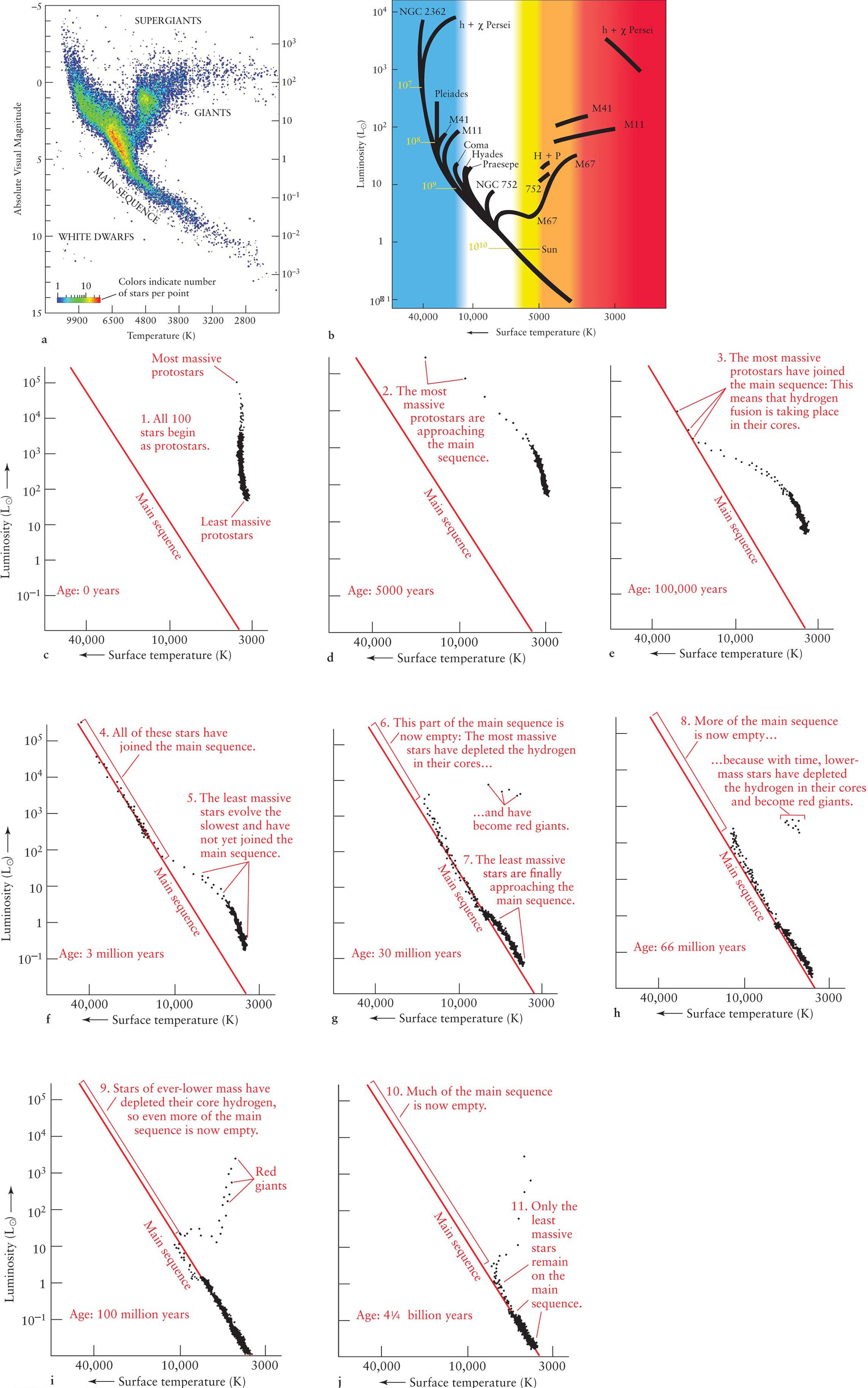
Figure 11- H- H- H- H- c– H-